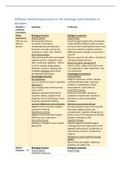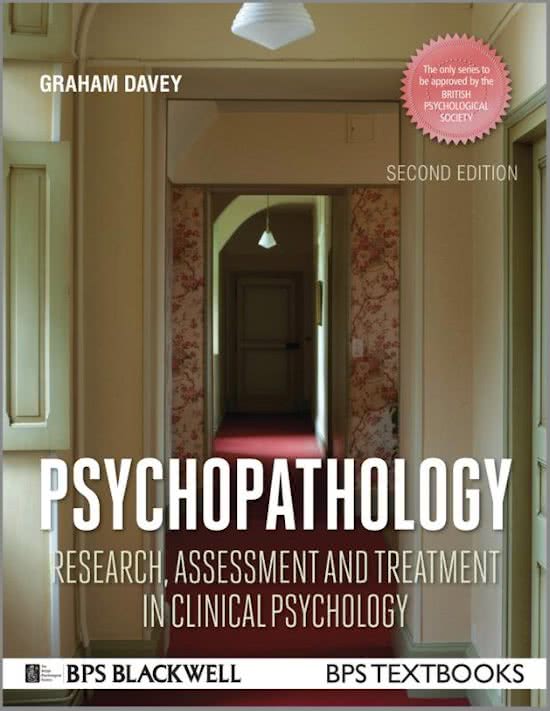Resume
Summary Concise overview of the aetiology & treatment approaches of mental disorders
- Cours
- Établissement
- Book
Short overview! This is a document containing a table with the different aetiology and treatment approaches to all disorders discussed in the chapters 7, 8, 10, 12 and 13 of Graham Davey's book. All points are discussed as short but complete as possible. Prevalence rates and pros and cons of approa...
[Montrer plus]




